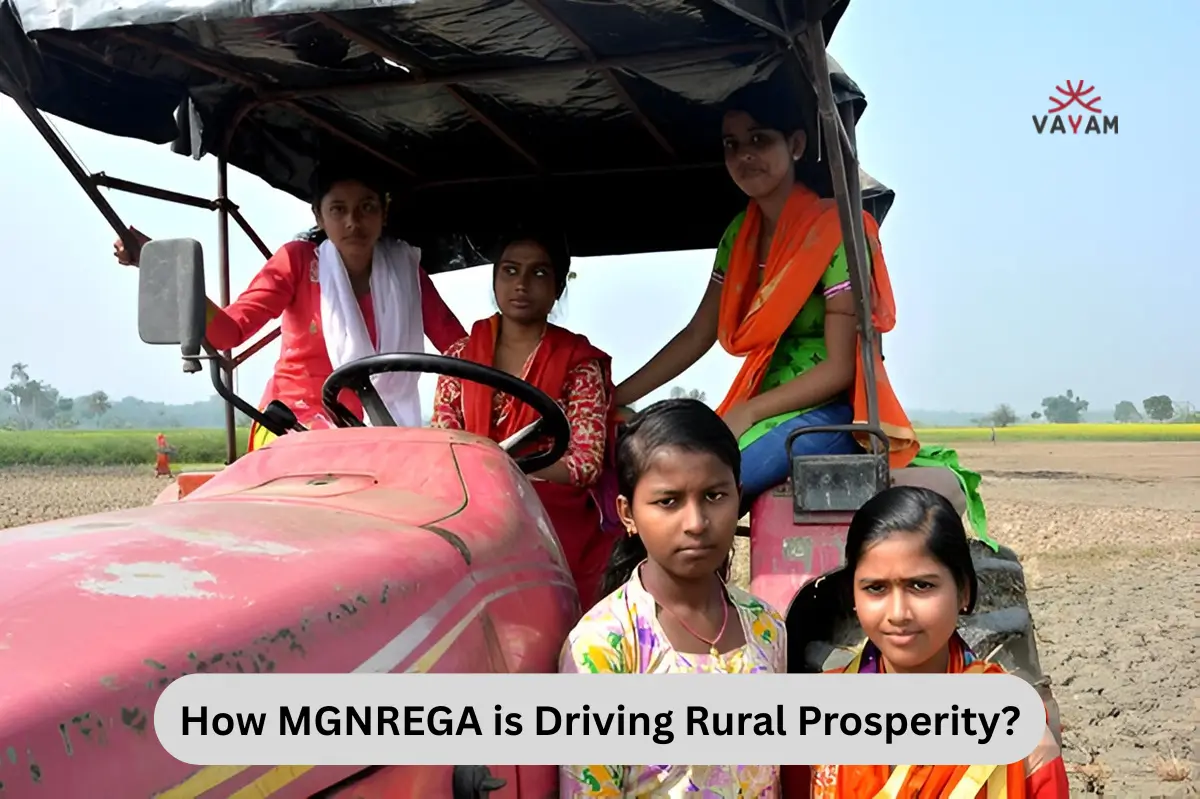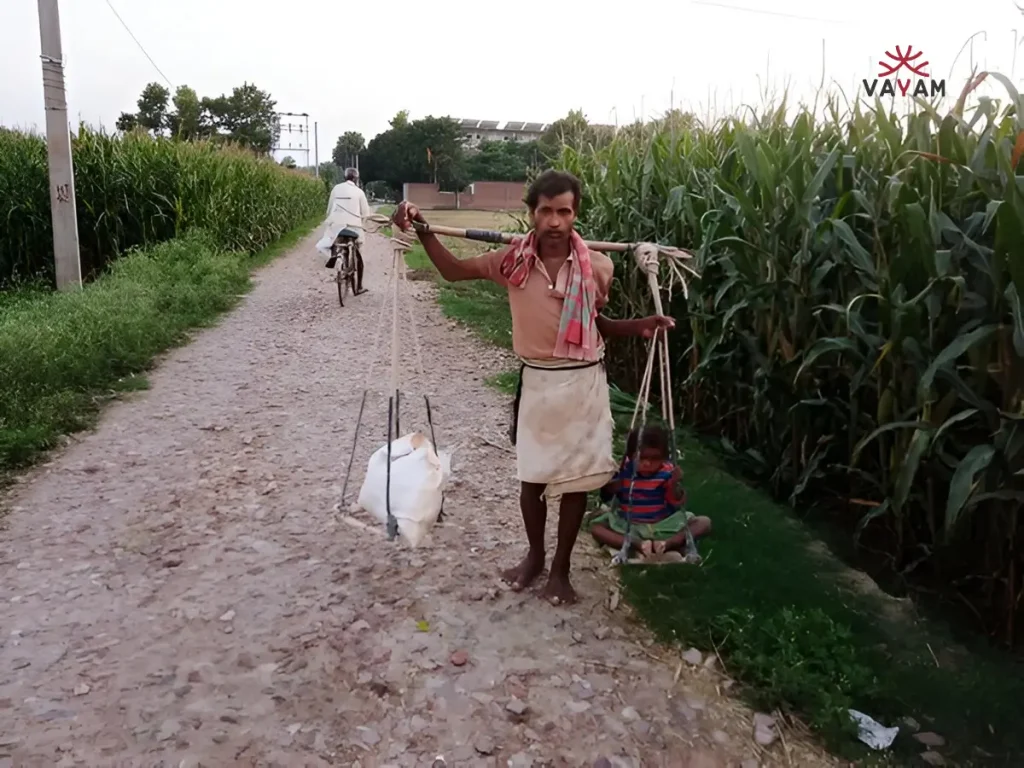
The Mahatma Gandhi National Rural Employment Guarantee Act (MGNREGA) is more than just a government program. It is a lifeline for millions living in rural India. Since its launch in 2005, MGNREGA has played a crucial role in providing employment, improving rural infrastructure, and reducing poverty. But how exactly does it work, and why is it so important for rural prosperity? Let’s break it down in simple terms.
What is MGNREGA?
MGNREGA is a social security measure that guarantees 100 days of paid work annually to rural households willing to do unskilled manual labor. It is one of the largest public works programs in the world, aiming to provide employment while building assets like roads, ponds, and wells.
This act focuses on improving the quality of life in rural areas by creating job opportunities close to home. It also plays a key role in reducing distress migration, where people leave their villages in search of work.
Tackling Rural Unemployment Head-On
Unemployment is a harsh reality for many living in rural India. With limited industries and seasonal agricultural work, families often struggle to find consistent income. MGNREGA addresses this challenge by offering guaranteed work, allowing people to earn a living without leaving their villages.
The scheme provides a safety net during difficult times, especially during droughts or economic slowdowns. For many, this steady income means access to basic needs like food, healthcare, and education for their children.
How MGNREGA Helps Families Stay Afloat
- Guaranteed Income: Families receive wages directly in their bank accounts, ensuring transparency and reducing corruption.
- Job Security: With 100 days of guaranteed work, families have a stable income source, reducing financial uncertainty.
- Reduced Migration: By offering jobs locally, fewer people are forced to leave their homes for work in cities.
Building Rural Infrastructure
While providing employment is the core aim, MGNREGA also focuses on improving rural infrastructure. The projects under this scheme directly benefit communities by building essential assets that improve everyday life.
Key Areas of Development
- Water Conservation: Construction of ponds, canals, and wells helps store rainwater, addressing water scarcity.
- Road Construction: Building rural roads improves connectivity, making it easier for farmers to transport their produce.
- Land Development: Soil conservation and land improvement projects increase agricultural productivity.
These developments not only provide immediate jobs but also improve long-term living conditions.
Empowering Women Through Employment
One of MGNREGA’s biggest successes is empowering rural women. With a mandatory provision for one-third of the jobs to be reserved for women, it encourages female participation in the workforce.
Positive Changes for Women
- Financial Independence: Regular wages give women the power to contribute to household expenses.
- Decision-Making: Earning their own income boosts confidence and allows women to participate in family decisions.
- Social Inclusion: More women at work reduces gender-based discrimination and promotes equality.

Read More
How to Encourage Kids to Set and Achieve Their Own Goals
How MGNREGA is encouraging water Harvesting Techniques
Addressing Challenges in MGNREGA Implementation
While MGNREGA has brought many benefits, it is not without its challenges. Delayed payments, lack of work during the off-season, and corruption are some concerns raised by beneficiaries.
Solutions to Common Issues
- Timely Payments: Implementing digital payments and monitoring systems can reduce delays.
- Awareness Programs: Educating rural communities about their rights ensures they demand fair treatment.
- Transparent Governance: Regular audits and community monitoring can curb corruption.
The Future of MGNREGA
MGNREGA continues to be a pillar of rural development. With advancements in technology and better policy implementation, the scheme can deliver more targeted support. There is a growing demand to increase the number of workdays and expand the scope of projects to cover new areas like afforestation and rural tourism.
What Lies Ahead?
- Digital Tracking: Improved technology can ensure better monitoring and faster payments.
- Skill Development: Integrating skill-based projects can help workers move to better-paying jobs.
- Climate Resilience: Focusing on eco-friendly projects can protect rural communities from climate change impacts.
Conclusion
MGNREGA is more than just a job guarantee scheme; it is a tool for social and economic transformation. By providing consistent work and improving rural infrastructure, it helps families lead better lives. While there are challenges to address, the program’s impact on rural prosperity is undeniable.
As long as MGNREGA continues to adapt and improve, it will remain a vital support system for millions in rural India, offering hope and stability for future generations.
